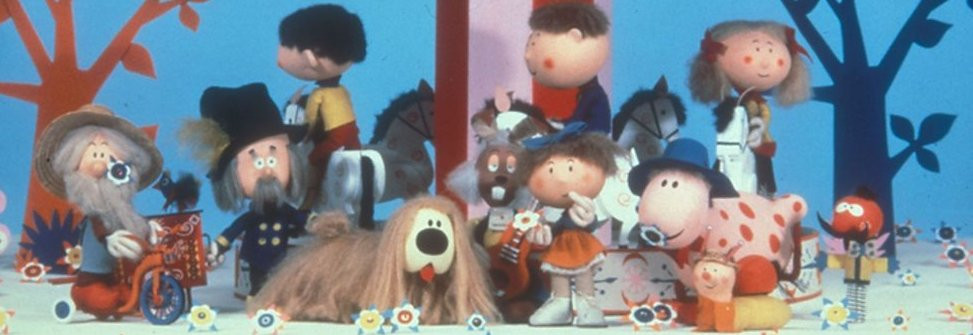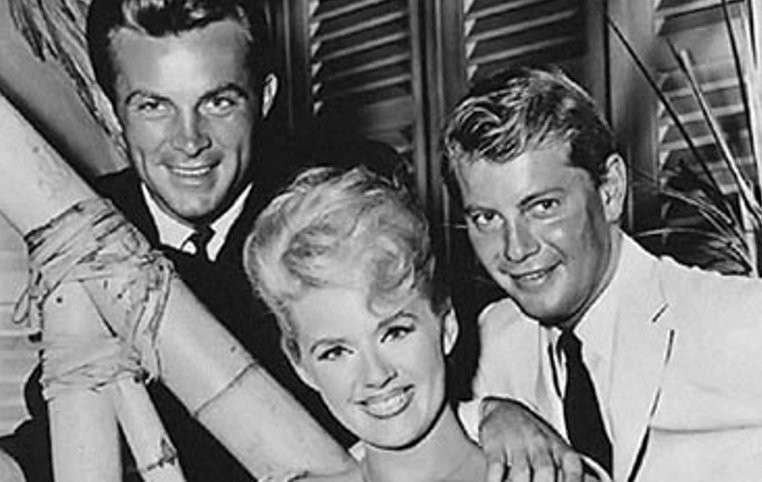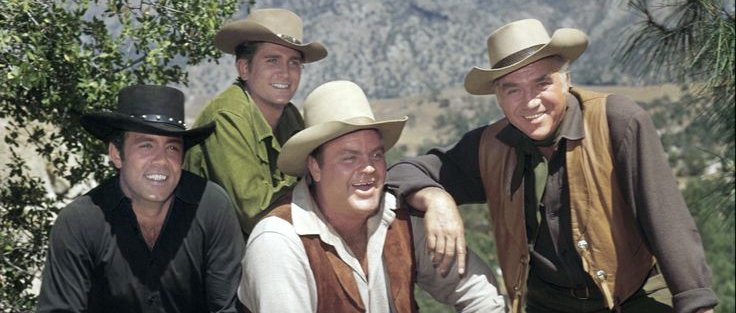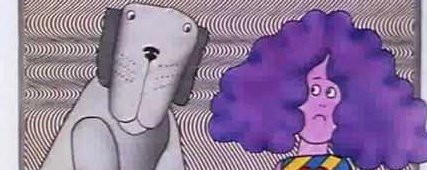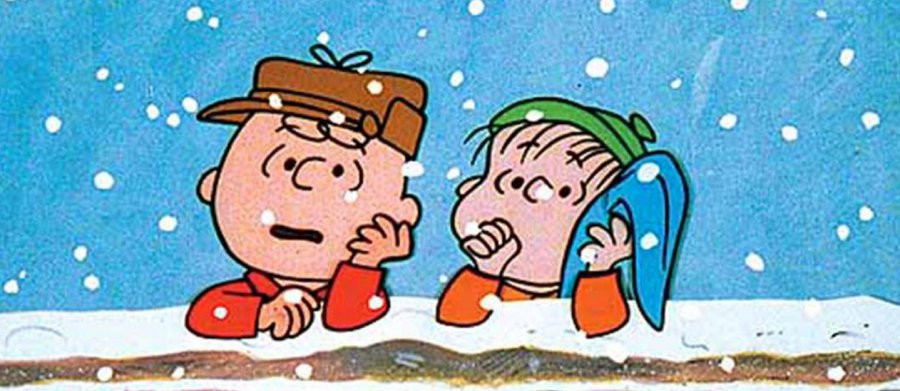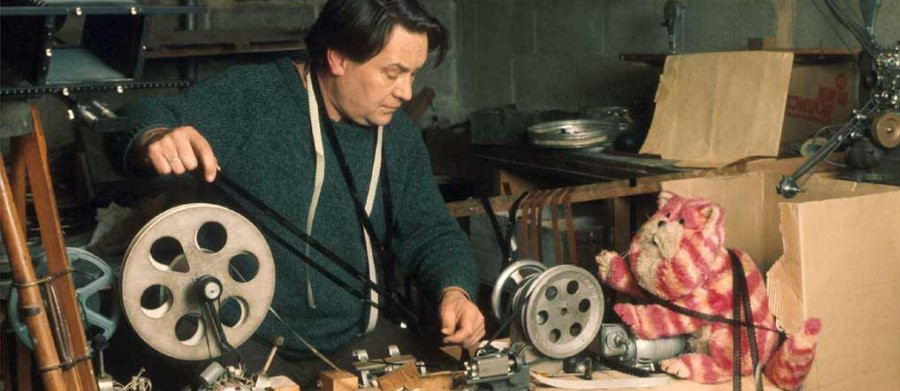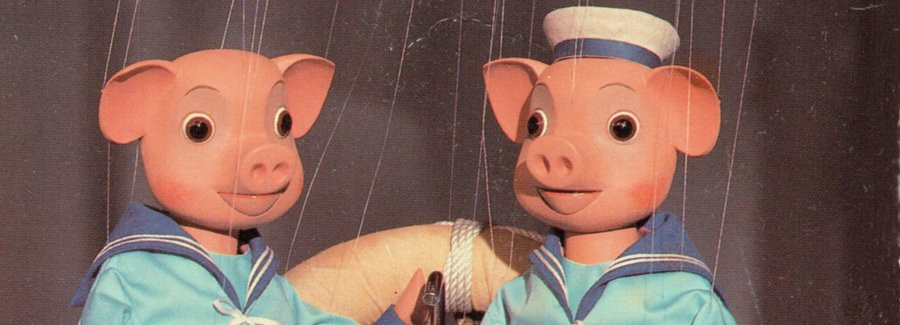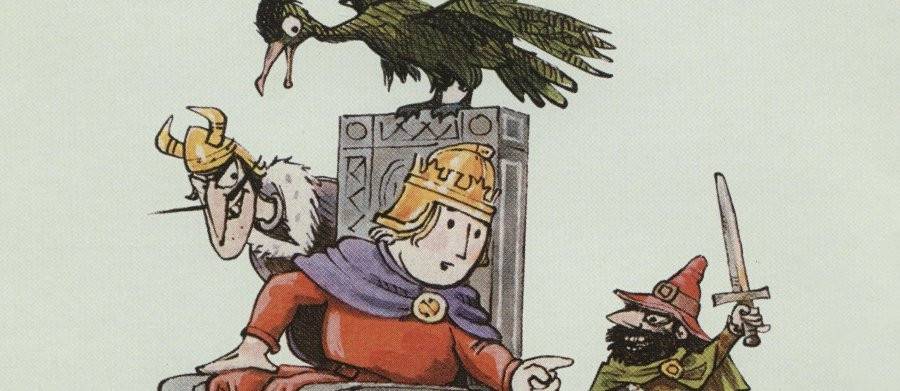
Noggin The Nog
1959 - United KingdomThe third offering from the Smallfilms team of Peter Firmin and Oliver Postgate (the first being Alexander the Mouse which was followed by Ivor The Engine), in which the brave Noggin, Prince of the Nogs struggles to overcome his wicked uncle Nogbad the Bad who devises evil plots to threaten the safety of the kingdom, in order to force Noggin to give up his crown, and his voyage to the Land of the Midnight Sun to fetch Eskimo princess Nooka, in order to make her his bride. The ten-minute stories ran from 1959 to 1965 although only 27 programmes were made.

Each episode had one of two spoken introductions; "Listen to me and I will tell you the story of Noggin the Nog, as it was told in the days of old", or "In the lands of the North, where the Black Rocks stand guard against the cold sea, in the dark night that is very long, the Men of the Northlands sit by their great log fires and they tell a tale ... and those tales they tell are the stories of a kind and wise king and his people; they are the Sagas of Noggin the Nog. Welcome to Northlands, a tribute to Noggin, King of the Nogs and the People of the Northlands."
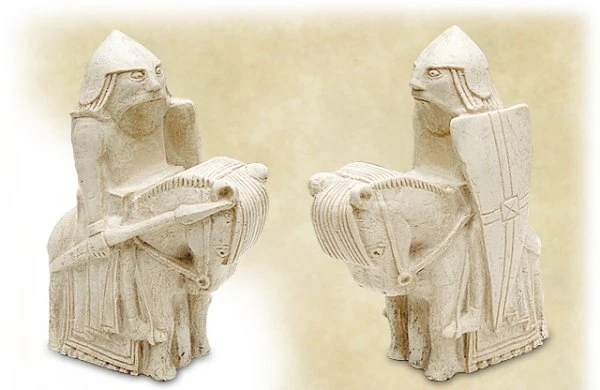
The idea for Noggin the Nog had come from Firmin. Both he and Postgate had, at different times, visited the Edward VII Gallery at the British Museum and noticed a set of Norse chessman from the Isle of Lewis, the largest island of the Western Isle or Outer Hebrides archipelago in Scotland. Discussing it later, the pair both agreed that, far from being fierce and warlike, the pieces were essentially kind and non-belligerent characters, who were thoroughly dismayed by the prospect of contest.
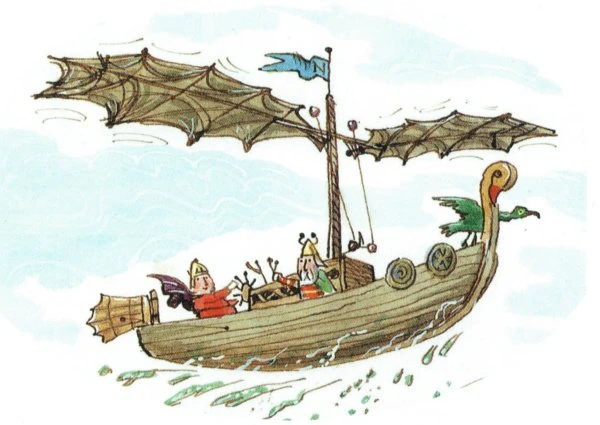
One day, while travelling through Neasden on his way to the studios at Wembley, it occurred to Firmin that the chessmen could well have been called Nogs. By the time he arrived at the studios, a basic storyline had formed in his mind. He thought of the Land of Nog and the death of a much-loved king and his son, Noggin, who had to choose a bride within six weeks or else the crown would go to his wicked uncle. Noggin could not choose from among the busty maidens of the Northlands, but a strange bird with green feathers, whose name was Graculus, brought him a walrus tooth with a carved likeness of Nooka, daughter of Nan of the Nooks, the ruler of the Land of the Midnight Sun. The Nogs made a longship and sailed beyond the black ice at the edge of the world to the Land of the Midnight Sun. There, Noggin and Pooka plighted their troth and amid great feasting Graculus flew back to the Northlands with the happy news. But on the way back he was captured by Nogbad and imprisoned in a castle.
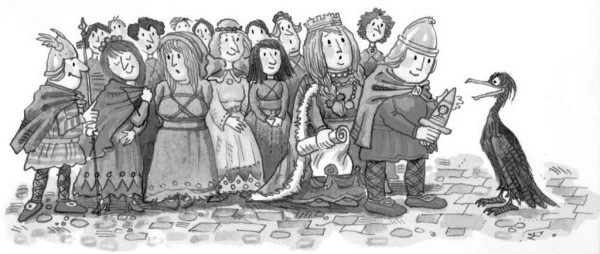
Shortly afterwards, Firmin wrote a synopsis and a shooting script for a few episodes which would be made using complex magnetic animations and took the idea to ITV - who turned it down. Firmin then passed it to Postgate to consider as a film. Rejigging the pictures to suit a filmed animation series and with Postgate writing two patches of slightly heroic prose (the intros in the second paragraph), they took The Saga of Noggin the Nog to the BBC, who accepted it, offering the pair £100 for each ten-minute episode.
They accepted the offer and Postgate set about writing the shooting scripts from Firmin's episodes and synopses. The series was filmed in a cow shed at Postgate's home in Kent. He had his filming equipment in the dairy part, which included an animation table (mainly made from scaffold poles and pieces of bicycle) whilst Firmin had his studio and desk in the end where the cows lived. Using a piece of scaffold-pole they made a hole in the wall so Firmin could have a window to work by.
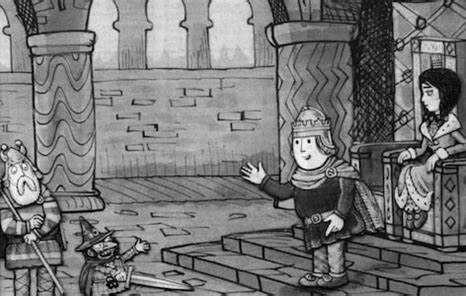
The Saga of Noggin the Nog began on BBC on 11 September 1959 and was very well received and in 1960 Oliver Postgate received The BBC Telecine Award. So it came as a surprise to Firmin and Postgate that the BBC didn't ask for any more stories beyond the six episodes. Instead, Postgate went to them and offered them Noggin and the Ice Dragon, which they accepted. This series debuted on 5 December 1961. By the time it had finished airing the duo were engaged in other projects, which included producing further episodes of Ivor the Engine for ITV. When Noggin and the Ice Dragon was rerun in July and August 1962, Postgate pitched a third Noggin serial, Noggin and the Flying Machine. Again, the BBC accepted it. This tale saw the Nogs travel to another far-off land, The Land of Silver Sands, and was reminiscent of an Arabian Nights adventure. This aired in March 1963 and this time the BBC wanted another series for the following year.

Noggin and The Omruds in 1964 was followed by Noggin and the Firecake in 1965. The fifth series moved into a much darker area of myth and magic. It saw Olaf the Lofty -an inventor introduced in The Flying Machine- developing gunpowder, something the Nogs are deeply concerned about. With this tale the Noggin the Nog saga came to an end. However, in 1982 the BBC commissioned a new batch of episodes to be filmed in colour and to be shown on BBC2. The first was a remake of The Ice Dragon, but when Postgate came to make it, he discovered that the original script had been lost. Rewriting it, he later admitted that he didn't stick too closely to the original and paced it for a more modern audience. Noggin's final outing was a two-episode story titled Noggin and the Pie which was transmitted in April 1988 following directly on from The Ice Dragon. As a publicity stunt Nogbad appeared in the Radio Times claiming that the episodes were "a farrago of falsehoods" and urged viewers not to watch it. They did not heed his advice.
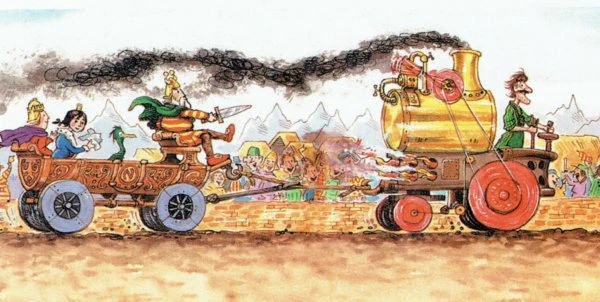
Seen this show? How do you rate it?
Seen this show? How do you rate it?
Published on July 2nd, 2021. Written by Malcolm Alexander for Television Heaven.


